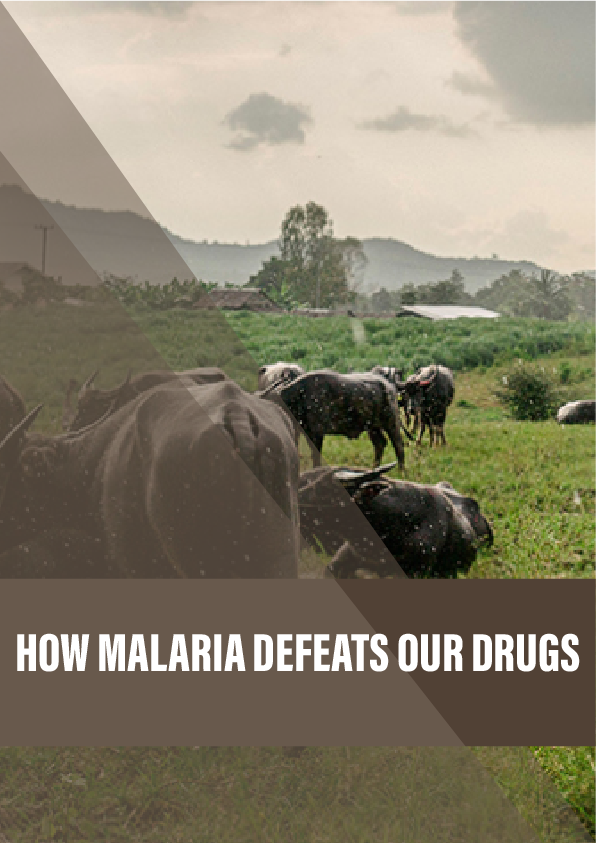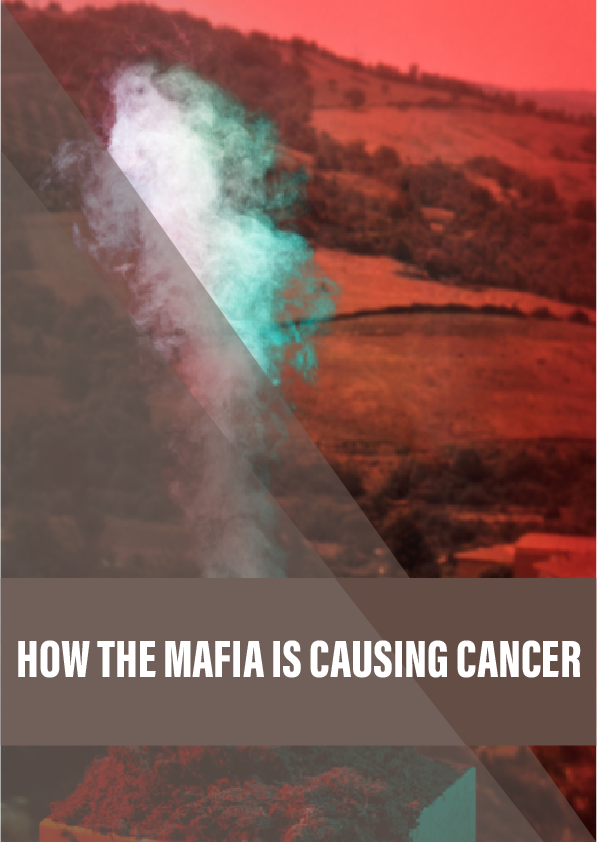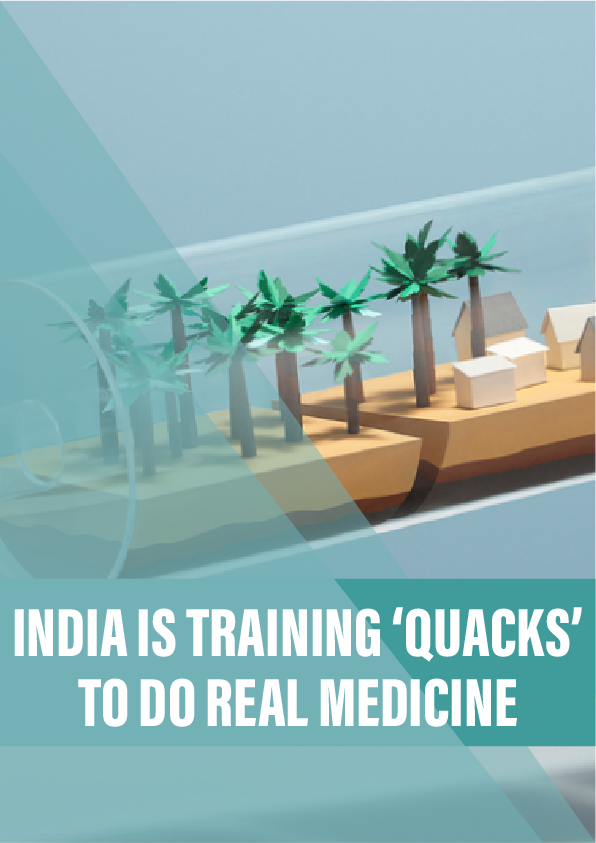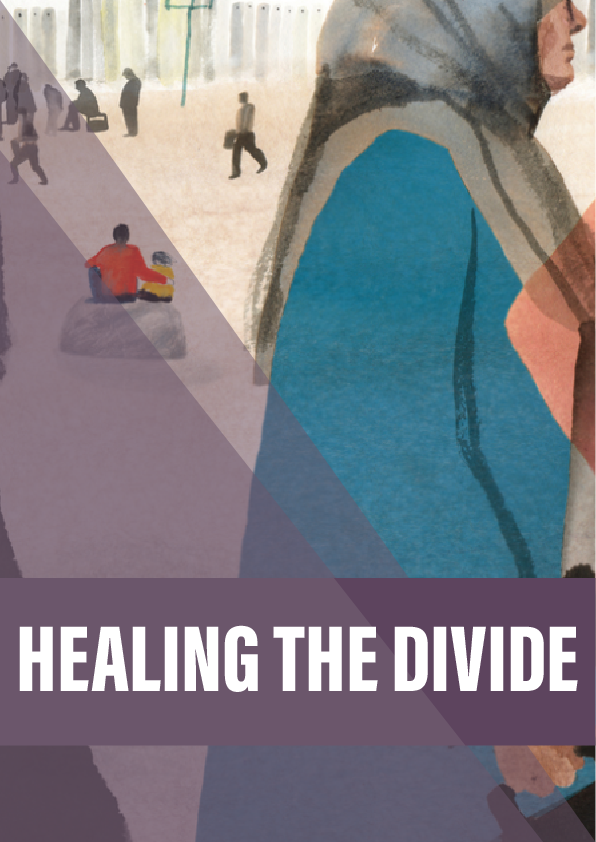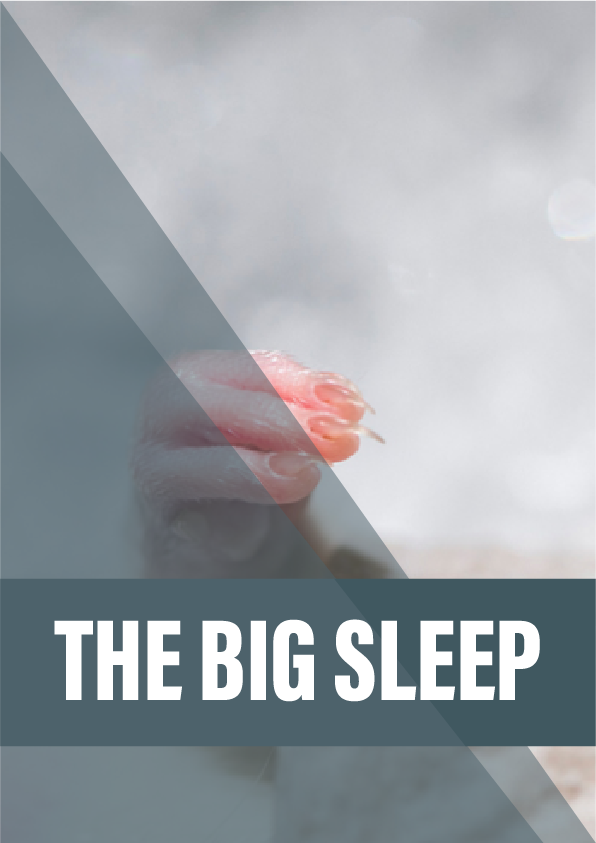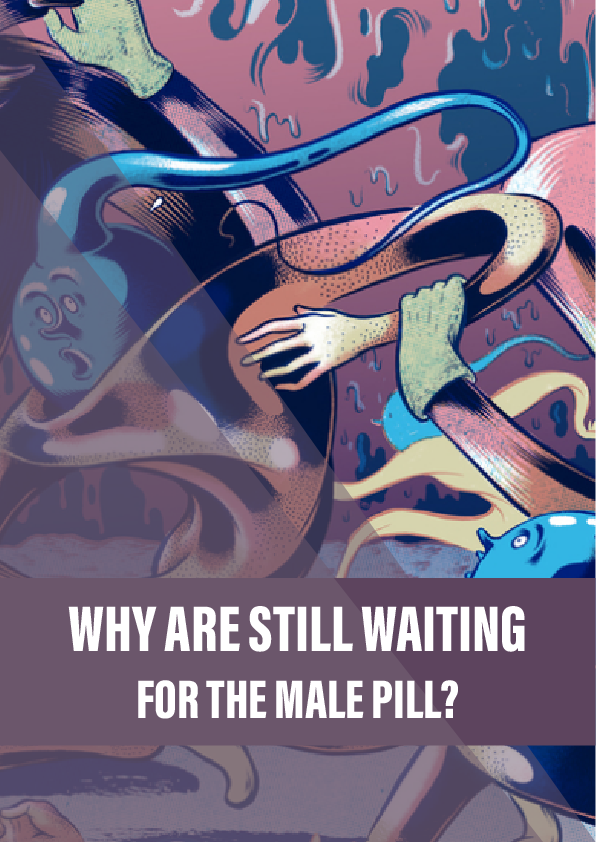In the war against malaria, one small corner of the globe has repeatedly turned the tide, rendering our best weapons moot and medicine on the brink of defeat. Ed Yong reports.
The meandering Moei river marks the natural boundary between Thailand and Myanmar. Its muddy waters are at their fullest, but François Nosten still crosses them in just a minute, aboard a narrow, wooden boat. In the dry season, he could wade across. As he steps onto the western riverbank, in Myanmar, he passes no checkpoint and presents no passport.
The air is cool. After months of rain, the surrounding jungle pops with vivid lime and emerald hues. Nosten climbs a set of wooden slats that wind away from the bank, up a muddy slope. His pace, as ever, seems relaxed and out of kilter with his almost permanently grave expression and urgent purpose. Nosten, a rangy Frenchman with tousled brown hair and glasses, is one of the world’s leading experts on malaria. He is here to avert a looming disaster. At the top of the slope, he reaches a small village of simple wooden buildings with tin and thatch roofs. This is Hka Naw Tah, home to around 400 people and a testing ground for Nosten’s bold plan to completely stamp out malaria from this critical corner of the world.
Malaria is the work of the single-celled Plasmodium parasites, and Plasmodium falciparum chief among them. They spread between people through the bites of mosquitoes, invading first the liver, then the red blood cells. The first symptoms are generic and flu-like: fever, headache, sweats and chills, vomiting. At that point, the immune system usually curtails the infection. But if the parasites spread to the kidneys, lungs and brain, things go downhill quickly. Organs start failing. Infected red blood cells clog the brain’s blood vessels, depriving it of oxygen and leading to seizures, unconsciousness and death.
When Nosten first arrived in South-east Asia almost 30 years ago, malaria was the biggest killer in the region. Artemisinin changed everything. Spectacularly fast and effective, the drug arrived on the scene in 1994, when options for treating malaria were running out. Since then, “cases have just gone down, down, down,” says Nosten. “I’ve never seen so few in the rainy season – a few hundred this year compared to tens of thousands before.”
Reference:
- François Nosten and colleagues describe the three populations of artemisinin-resistant Plasmodium falciparum in Cambodia.
- François Nosten and colleagues study the emergence of artemisinin-resistant malaria on the Thai–Myanmar border.
- Nick White’s 2008 paper raising concerns about artemisinin resistance in Cambodia.
- The Shoklo Malaria Research Unit.
- About the Mahidol–Oxford Tropical Medicine Research Unit.
- SciDev.Net video documenting the Shoklo Unit.
- François Nosten, Nick White and Ed Yong answer questions from the public in this Reddit AMA (Ask me Anything).
